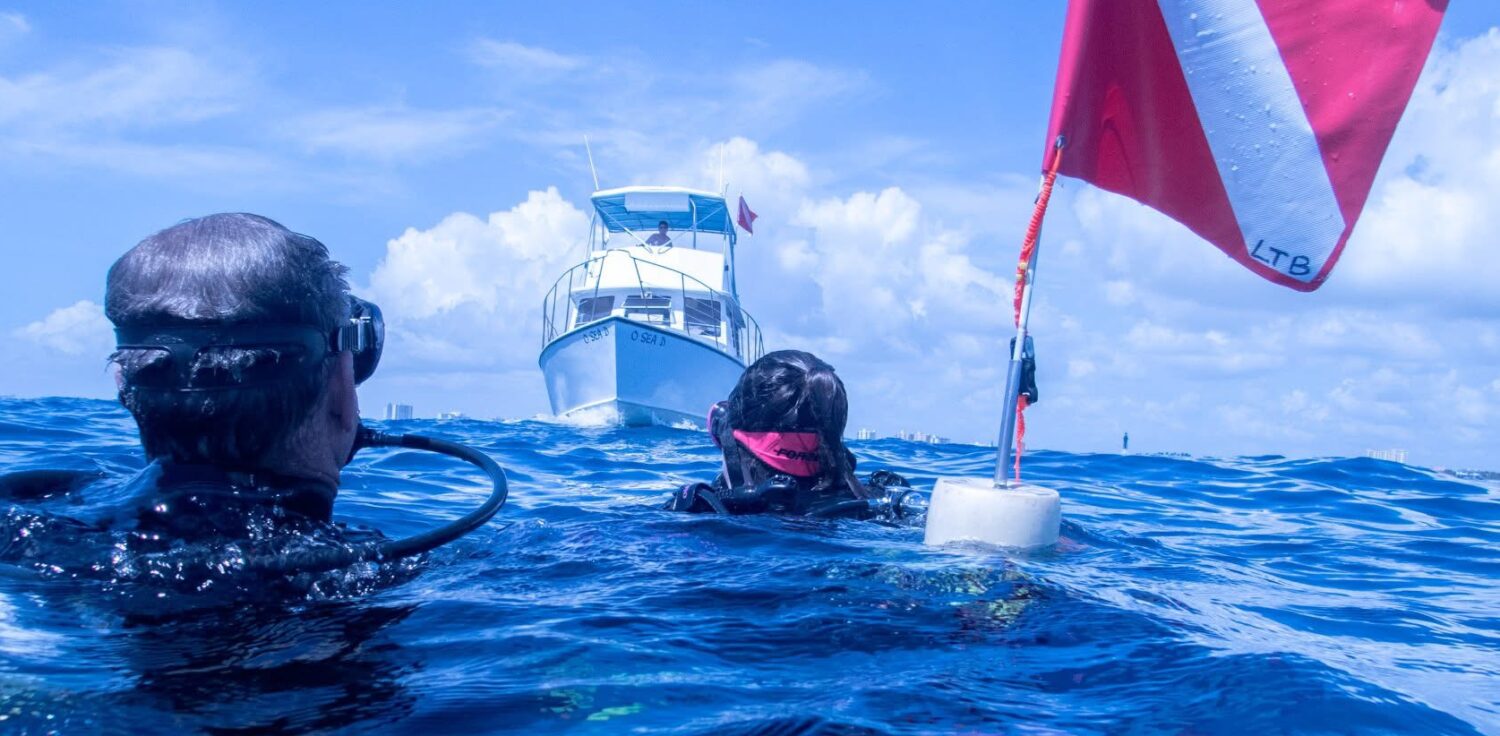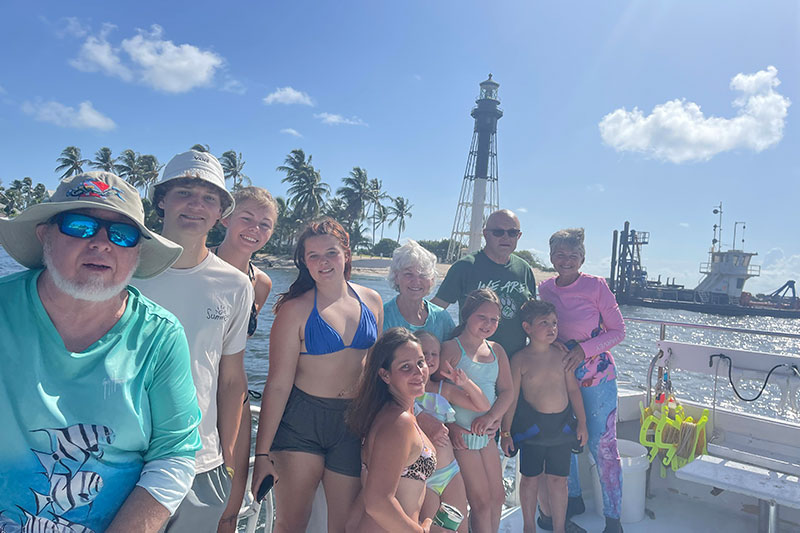Florida is a diver’s paradise, offering vibrant reefs, fascinating wrecks, and warm waters year-round. Whether you’re a seasoned diver or planning your first underwater adventure, knowing the best time to go scuba diving can help you maximize your experience—especially if you’re considering a Fort Lauderdale dive charter or exploring the broader wonders of scuba diving South Florida. This comprehensive guide explores seasonal conditions, water temperatures, marine life, and practical tips so you can plan the perfect dive trip.
Why Florida—and Especially South Florida—Is a Premier Diving Destination
South Florida, stretching from Miami through Fort Lauderdale up to Palm Beach, is world-renowned for its underwater attractions. The region boasts:
- Dozens of natural and artificial reefs
- A variety of shipwrecks for all skill levels
- Proximity to the Gulf Stream, ensuring warm, clear waters
- A robust infrastructure of dive shops, charters, and training centers
Fort Lauderdale stands out as a hub for dive charters, offering easy access to both shallow reefs and deeper wrecks, making it ideal for families, beginners, and advanced divers alike.
Understanding Seasonal Conditions: When Is the Best Time to Dive?
Water Temperatures Through the Year
One of the greatest advantages of scuba diving South Florida is the consistently warm water temperatures. Here’s what you can expect in Fort Lauderdale throughout the year:
Season Water Temperature (°F) Wetsuit Recommendation
Winter 70–76 3mm–5mm full wetsuit
Spring 74–80 3mm wetsuit
Summer 82–86 Shorty or 3mm wetsuit
Fall 76–80 3mm wetsuit
- Winter (Dec–Feb): 70–76°F (21–24°C). You’ll want a thicker wetsuit for comfort, but the water is still much warmer than most U.S. dive destinations.
- Spring (Mar–May): 74–80°F (23–27°C). Conditions become more comfortable, and the crowds are lighter than in peak summer.
- Summer (Jun–Aug): 82–86°F (28–30°C). The warmest and most popular time, perfect for long dives with minimal exposure protection.
- Fall (Sep–Nov): 80–76°F (27–24°C). Still-warm waters and fewer tourists make this a favorite for many experienced divers.
Visibility and Sea Conditions
- Summer: Offers the warmest water and excellent visibility, often exceeding 60–80 feet. Calm seas are typical, making it ideal for beginners and families booking a Fort Lauderdale dive charter.
- Fall: Visibility remains good, and marine life is abundant. However, this is also the tail end of hurricane season (June–November), so check forecasts before booking.
- Winter: Visibility is generally good, but occasional cold fronts can bring rougher seas for a few days at a time.
- Spring: As the water warms, visibility is typically very good, and conditions are stable, with fewer storms than in late summer or fall.
Marine Life Encounters by Season
- Spring & Summer: Expect to see turtles (especially during nesting season), large schools of tropical fish, and nurse sharks. Spiny lobster season kicks off in late July, attracting divers hoping to catch their own dinner.
- Fall: Big game fish migrate through the reefs, and the crowds thin out, making for peaceful, wildlife-rich dives.
- Winter: While some pelagic species move offshore, reef life remains active, and the cooler water can bring in unique species not seen in summer months.
Monthly Breakdown: What to Expect Each Month
December–February:
Water is at its coolest (70–76°F).
Visibility is good to very good.
Fewer tourists, so charters are less crowded.
Occasional rough seas when cold fronts pass through, but these are usually brief.
March–May:
Water warms rapidly (74–80°F).
Excellent visibility and calm seas.
Spring break brings more visitors, but not as busy as summer.
Great time for training and certification dives.
June–August:
Peak diving season.
Warmest water (82–86°F), minimal wetsuit required.
Best conditions for night dives and extended trips.
Spiny lobster season begins in late July—very popular for both locals and visitors.
September–November:
Water begins to cool (80–76°F).
Still excellent visibility.
Hurricane season peaks in September, so keep an eye on weather updates.
Big game fish and migrating species are common sights.
Fort Lauderdale Dive Charters: What Makes Them Special?
Fort Lauderdale dive charters are among the most professional and well-equipped in the state. Here’s what sets them apart:
- Daily departures: Most charters run trips every day, with morning and afternoon options, and some even offer night dives.
- Proximity to sites: Many top reefs and wrecks are just a short boat ride from shore, maximizing your time underwater.
- Diverse offerings: Whether you want a two-tank reef dive, a deep wreck exploration, or a family-friendly snorkeling trip, there’s a charter for you.
- Expert guides: Local divemasters and instructors know the sites intimately, ensuring safe, enjoyable, and educational experiences.
Scuba Diving South Florida: Beyond Fort Lauderdale
While Fort Lauderdale is a major hub, scuba diving South Florida encompasses a broader region:
- Miami: Offers easy access to the famous Neptune Memorial Reef and a variety of shallow and deep wrecks.
- Pompano Beach: Known for its “wreck trek” and colorful reefs, just north of Fort Lauderdale.
- Key Largo and the Upper Keys: The “Diving Capital of the World,” with protected reefs and iconic sites like the Christ of the Abyss statue.
- Palm Beach: Famous for drift diving, where the Gulf Stream carries you over reefs teeming with life.
Practical Tips for Planning Your Dive Trip
1. Book Early in Peak Season:
Summer and lobster mini-season (late July) are extremely popular. Reserve your Fort Lauderdale dive charter well in advance to secure your preferred dates.
2. Check Weather and Hurricane Updates:
Hurricane season runs June–November, with the highest risk in September. Always monitor forecasts and have flexible travel plans in the fall.
3. Choose the Right Wetsuit:
Winter: 3mm–5mm full suit recommended.
Summer: Shorty or 3mm suit is usually enough.
4. Consider Certification and Training:
Spring and fall are excellent times to take certification courses, with fewer crowds and comfortable conditions.
5. Respect Marine Life:
South Florida’s reefs are fragile. Practice good buoyancy, never touch the corals, and follow your guide’s instructions to help preserve these ecosystems for future generations.
Conclusion: The Best Time for Scuba Diving in Florida
Florida’s South Coast, and especially Fort Lauderdale, offers year-round diving with each season providing unique advantages.
- For the warmest water and most marine life, aim for summer (June–August).
- For fewer crowds and still-excellent conditions, consider spring (March–May) or fall (September–November).
- Winter (December–February) is perfect for those who prefer cooler water, quieter boats, and excellent visibility.
No matter when you visit, Fort Lauderdale dive charters and the broader world of scuba diving South Florida promise unforgettable underwater experiences. With careful planning and an eye on seasonal trends, you’ll discover why this region is beloved by divers from around the globe


